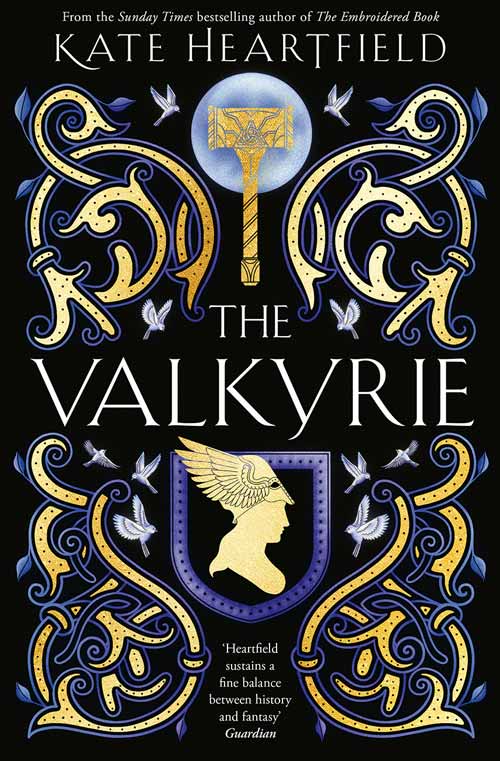A Wild Winter Swan: A Novel
Fifteen-year-old Laura is trying to spin a fairytale. The protagonist, herself, is a neglected orphan living in a cold garret—the attic apartment of her Italian grandparents’ Manhattan townhouse. When a one-winged boy blunders out of Hans Christian Andersen’s “The Wild Swans” into her room, what follows doesn’t stick to the familiar story line, any more than does Maguire’s willful protagonist. Yuletide gives the story a traditional season for European fairytales, while its snow-dusted 1960s Manhattan setting brings childhood magic to a modern (but smartphone-free) venue familiar from Hollywood movies.
Her brother and father dead, and her mother unable to care for her, Laura herself faces exile to a Canadian boarding school after expulsion from her former school for fighting another girl. Like many troubled children, Laura tries to meld her life into stories she’s read. Her effort is undercut, though, by her own stubborn streak of realism. “She wished her eyes were mossy green, but they were Italian brown, espresso brown.”
Is Laura a pitiful orphan or a self-centered brat—or is she a woman-child struggling to emerge from isolation and grief? In A Wild Winter Swan, Maguire gives us all three, and in doing so achieves something rare: a book that puts a clever adolescent girl into a quasi-fairytale without being twee or didactic. Another rarity: Laura’s acute observations of her world, the tumult of her emotions, and her sexual unfolding never stray into rote sentimentality, yet a refreshing gentleness pervades the story.
In a masterful meld of fantasy, longing, and troublesome relationships, Maguire’s A Wild Winter Swan shows us, and its young protagonist, that heartfelt connections with other people—and with animals—can lay for us a bridge between life’s sorrows and its wonder.










